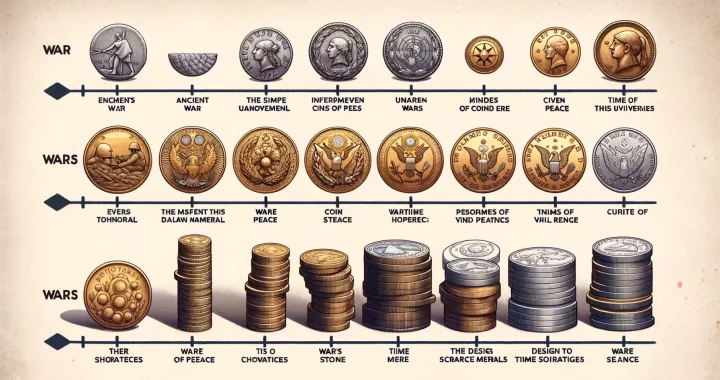Introduction to Historical Events and Their Influence on Coinage
Coins: Silent Witnesses to the Turning Points of History
Money talks—but did you know it also tells *stories*? Coins are like time capsules, their designs and materials etched with the fingerprints of history’s most dramatic events. For centuries, they’ve quietly chronicled revolutions, empires, and economic challenges, often adapting in ways that reveal more than textbooks ever could.
Picture this: during the reign of Julius Caesar, Roman coins featured his portrait—the first time a living person was depicted. It wasn’t just vanity; it was political propaganda, cementing his authority in the public’s pocket. Fast forward to World War II, when materials like copper and nickel were prioritized for the war effort, leading to coins being minted from steel or other alternatives. What’s in your wallet today? Odds are, it reflects decisions made during pivotal events decades—or even centuries—ago.
- The Spanish colonization of the Americas flooded Europe with silver coins, sparking both wealth and inflation.
- The French Revolution saw the abolition of royal imagery from coinage, replacing monarchs with symbols of liberty.
Coins don’t just *react* to history; they actively shape how people understand their world. Next time you hold one, imagine its journey—who held it, what crises it weathered, and which stories it could tell.
How Wars Have Shaped Coin Design and Materials
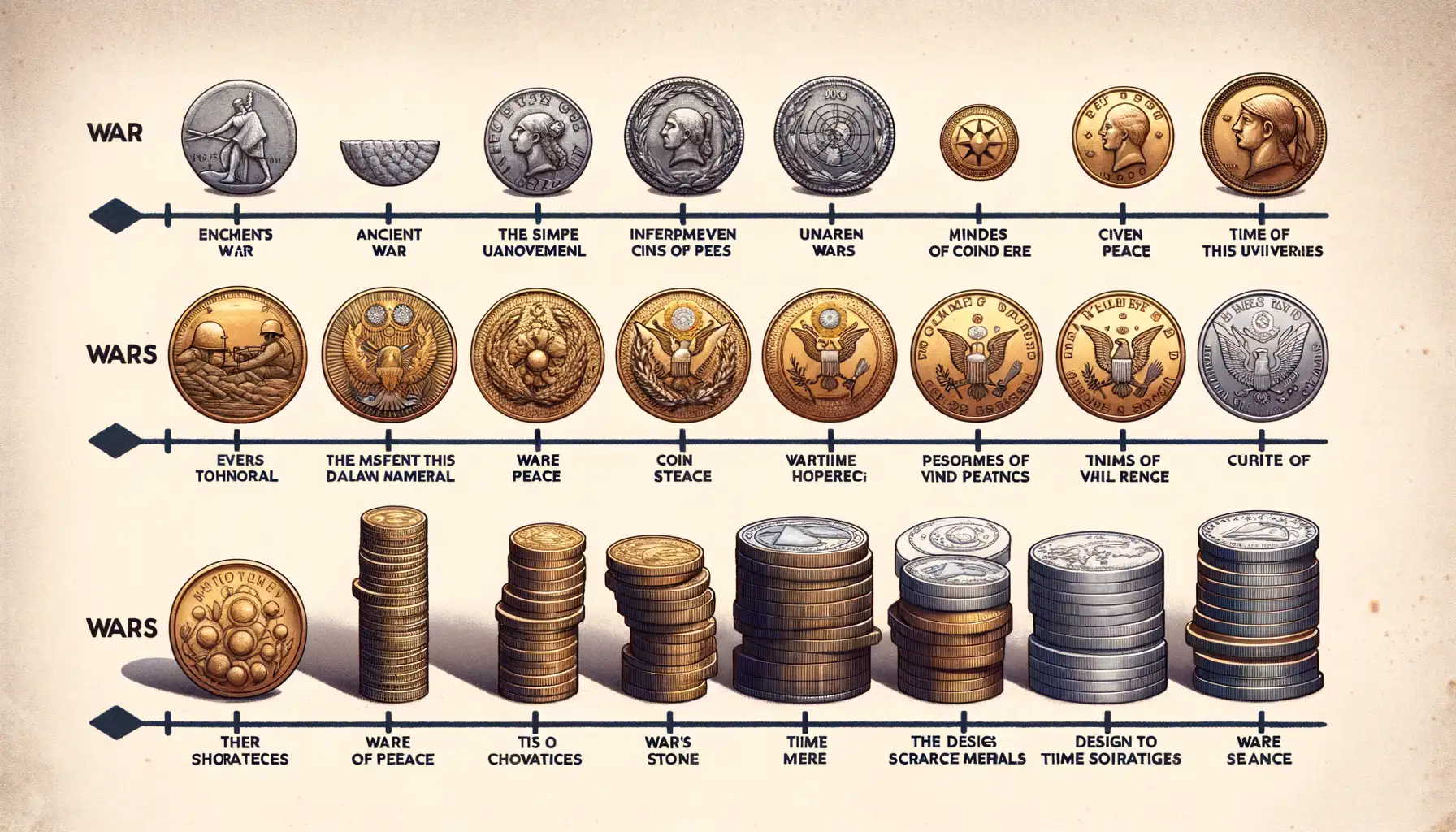
Coins Reflecting the Chaos of War
War doesn’t just leave scars on battlefields; it also leaves a lasting imprint on the coins in our pockets. Have you ever noticed how some older coins, with their rough designs or unusual metals, seem to tell a story of struggle? That’s not a coincidence. During times of conflict, nations have had to make tough choices about their money.
Take World War II, for example. Precious metals like silver were desperately needed for ammunition and weaponry. The result? Coins like the American penny temporarily swapped out copper for steel, giving them a dull, gray appearance—truly a symbol of a nation at war. Similarly, in Japan, wartime coins were stripped down to practical, lightweight materials like aluminum.
- Designs changed too—symbols of national pride or military strength replaced intricate artwork.
- Latin slogans vanished; bold, straightforward messages took their place.
The stories go beyond aesthetics. These changes reveal something deeply human: survival instincts woven into currency. Even in times of great adversity, coins carried the weight of nations’ identities, adapting as if they, too, were soldiers on the front lines.
Economic Downturns and Their Effects on Currency
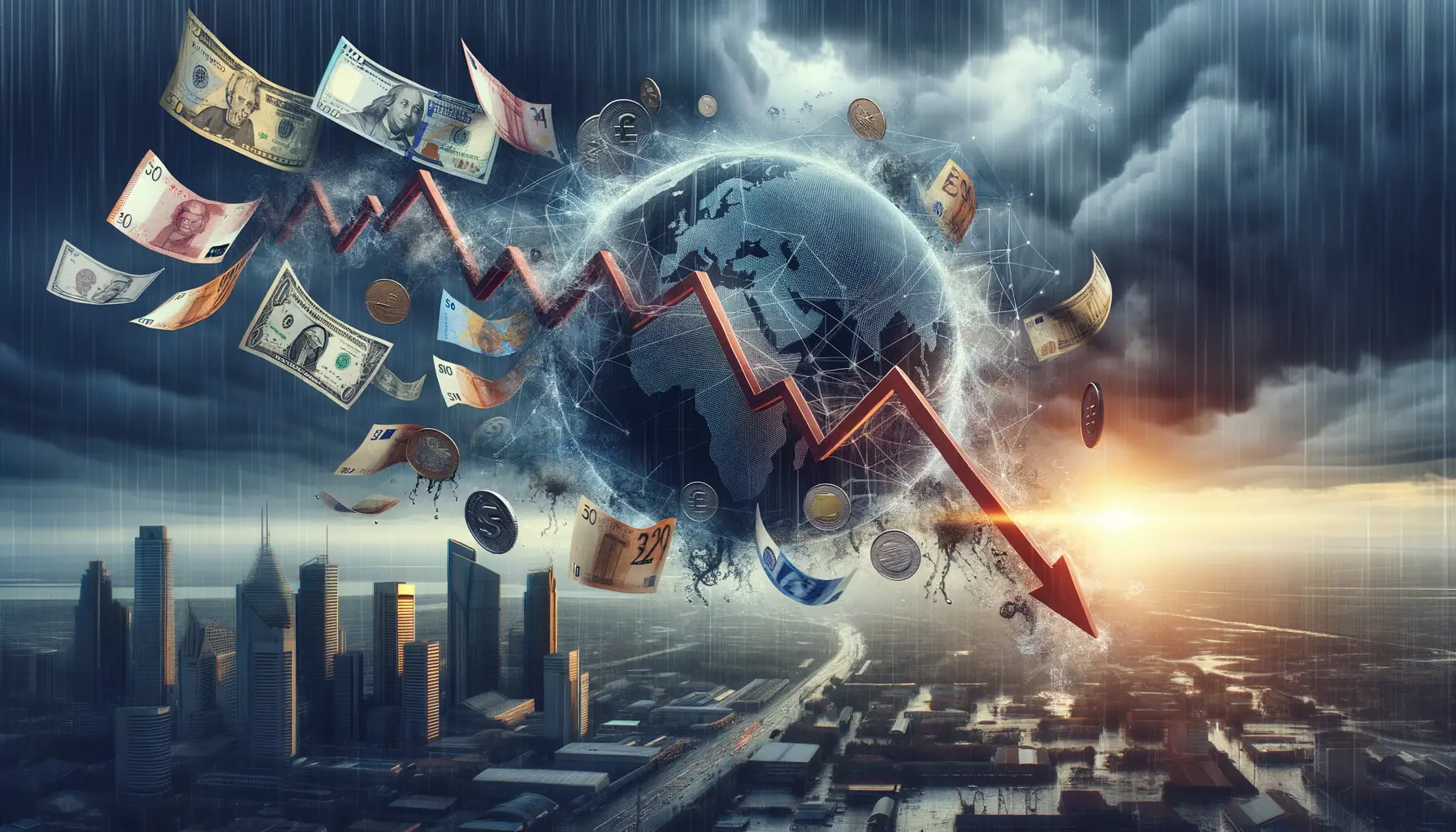
The Ripple Effect of Financial Crises on Money
Imagine holding a coin that feels heavier—not in weight, but in significance. During economic downturns, currency becomes more than just a medium of exchange; it turns into a mirror of society’s resilience and struggles. When the Great Depression hit in the 1930s, for example, governments faced tough choices: should they debase coinage materials to save money or maintain their integrity as symbols of trust? Spoiler alert—they often chose survival.
Economic upheavals tend to rewrite the rules of minting. Metals like gold and silver—once staples of currency—get hoarded by panicked citizens, leaving governments scrambling for alternatives. Enter: nickel, tin, and even zinc coins. These weren’t just substitutes; they were silent witnesses to human anxiety and adaptability.
- Hyperinflation in 1920s Germany turned simple bills into comical denominations, yet their coins stayed modest.
- The 2008 financial crisis saw countries like Iceland revamp their krona’s design, capturing their resolve to rebuild.
If you’ve ever wondered why some old coins feel “cheap” or strangely durable, they might be the offspring of an economic storm. Every scratch or ding could tell a tale of belt-tightening—or bold reinvention. Think about that the next time you jingle loose change!
Cultural Changes Reflected in Coins Over Time
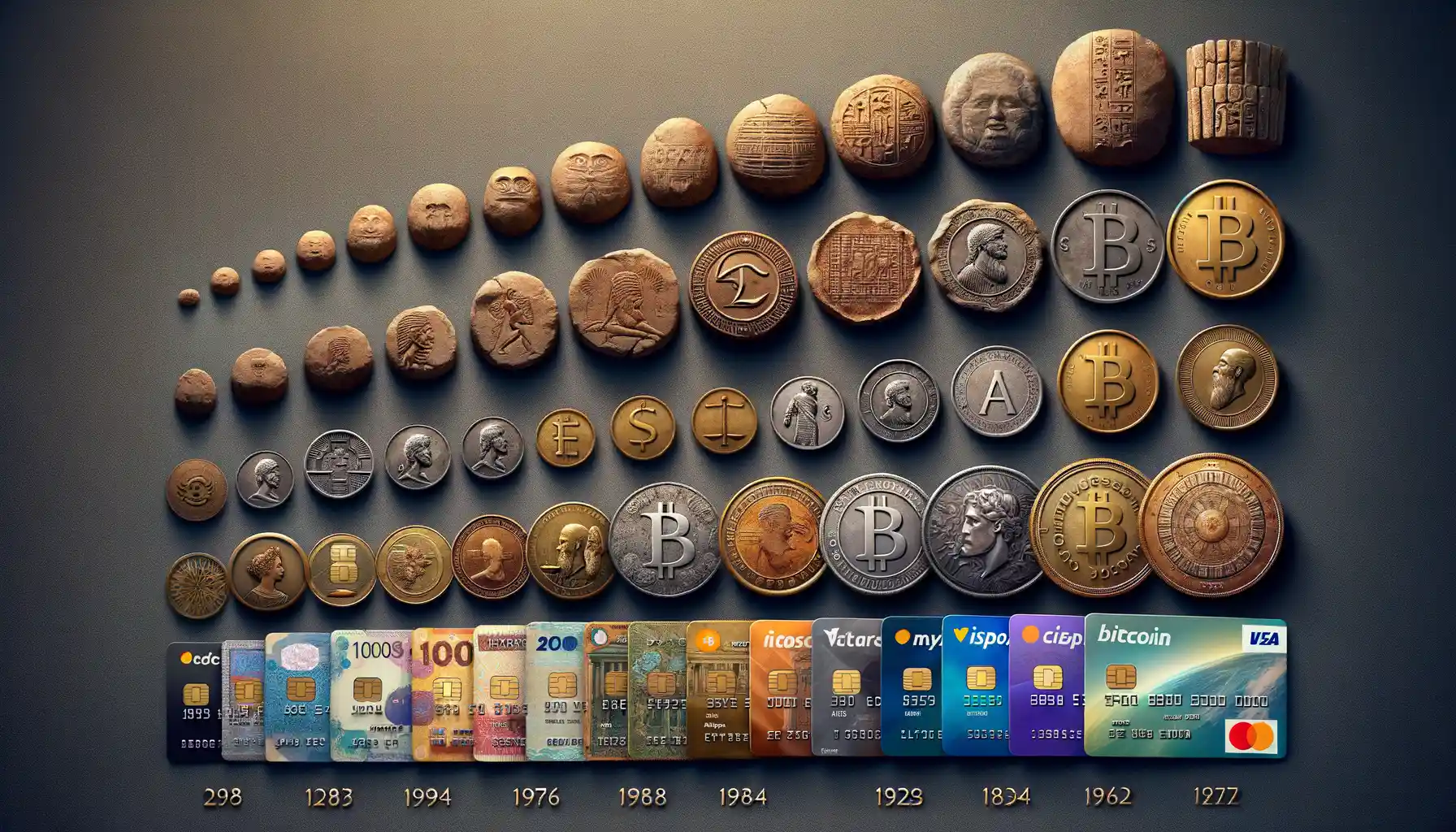
Coins as Snapshots of Society
Imagine holding a coin minted centuries ago. That tiny piece of metal is far more than just currency—it’s a tangible artifact of its era, whispering stories about the people, values, and cultural tides that shaped it. Coins aren’t just stamped with faces or symbols; they’re mirrors reflecting who we were at specific moments in time.
Take, for example, the transition from pagan Rome to the Christian Empire. The coins of Emperor Constantine swapped images of Roman gods for the **Chi-Rho** symbol, marking a profound cultural pivot—almost like history frozen in metal. Fast forward to the Renaissance, and coin designs radiated with artistry: intricate portraits, celestial symbols, and Latin inscriptions boomed with rebirth and intellectual vigor.
- During the 1960s, **Canadian nickels** unveiled a stylized beaver, embracing modern design trends.
- The U.S. quarter featuring Maya Angelou (2022) celebrates diversity and evolving societal values.
Coins adapt to culture like paper reflects ink—always soaking up the essence of the times. Next time you hold one, take a closer look. It’s not just change for your coffee; it’s a tiny time machine.
Conclusion: The Legacy of History in Modern Coinage
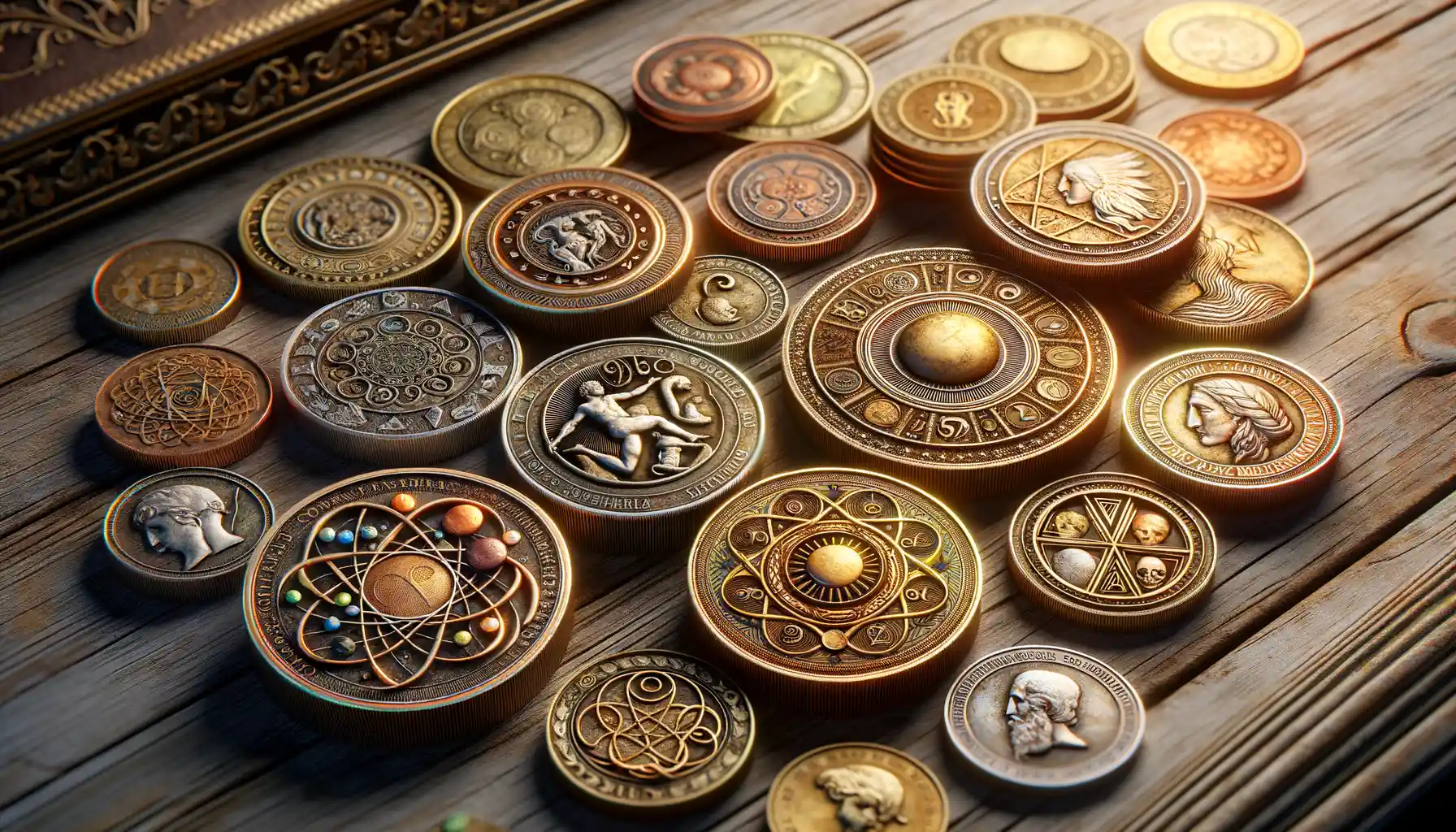
Echoes of the Past in Every Coin
Each coin in your pocket is like a tiny time capsule, whispering stories of empires, revolutions, and cultural shifts. Think about it: the humble penny isn’t just spare change—it’s the descendant of centuries of innovation, struggle, and human creativity. Coins we use today bear the invisible fingerprints of those who came before us.
Some designs scream history. The double-headed eagle on modern Russian currency? That’s straight out of Byzantine heraldry. Or take the U.S. quarter featuring George Washington—a reminder of rebellion, independence, and the birth of a nation. And let’s not overlook materials! The switch from silver to base metals during World War II wasn’t just economic; it symbolized a collective sacrifice for survival.
- What do these symbols tell us? They carry the weight of their eras—war, peace, revolution, even prosperity.
- Why does it matter? Because they remind us that money is more than cold metal; it’s a witness to humanity’s journey.
A Modern Connection to Ancient Legacies
Consider the euro—a currency that unites nations with shared heritage while honoring individual cultures. The Greek 1-euro coin features an owl from an ancient Athenian drachma. Just imagine! A design born thousands of years ago now jingles in someone’s wallet in 2023. It’s as if ancient Greece is giving you a wink.
Coins are living bridges between then and now. They may be small, but their stories? Unforgettable.

